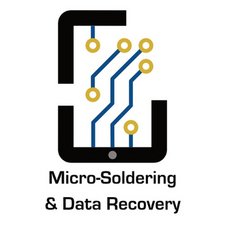Reading Schematics - Overview of main power rails?
Hello,
at the moment I am trying to get into the topic of board repairs but I got a little problem in troubleshooting the board of iPhones. I watched guides and explanations on which parts a board consists of and what every part does (rails, resistors, capacitors etc.). After that I looked for videos on how to start troubleshooting logic boards but I only found videos about troubleshooting boards from laptops. Here they always started with measuring the main power rails which was pretty much comprehensible. It seemed pretty easy because all the power rails were listed on one of the first pages of the schematic. You could easily see on just one page which the main rails are and so on.
But with iPhone boards I had to find out that there is not an overview about the rails in the schematic. It kind of just starts with the 'details' and doesn't priorly explain which the main power rails are, which voltage they have and so on.
So have I maybe overlooked something? Or how can you easily find out which the main rails are without working through 50 pages of the schematic?
Ist dies eine gute Frage?

 2
2  3
3 
 807
807 


